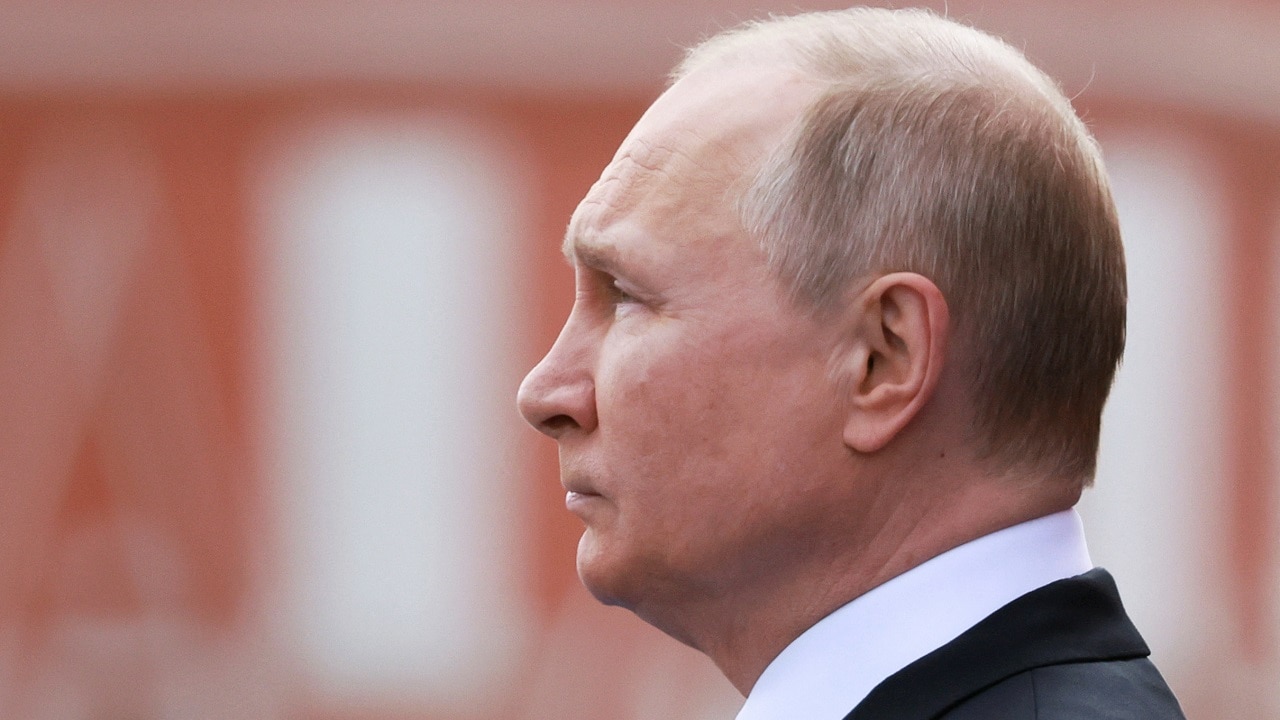Middle-aged men finish their work for the day, overseeing exterminations at Auschwitz, and retire to the comfort of their homes, wives, and children. Young female telephone, telegraph, and radio operators who send and receive messages about who shall live and who shall die take a break to relax in the sun.
It was all part of life in and around history’s largest killing factory, as showcased in a set of jarring photos that are housed at the U.S. Holocaust Memorial Museum and that come to life in a moving new play, “Here There Are Blueberries” – which premiered in La Jolla and just passed through the Shakespeare Theatre in Washington.
The photos and play call to mind “the banality of evil,” the phrase that philosopher Hannah Arendt coined in Eichmann in Jerusalem, her book about Adolf Eichmann’s trial in Jerusalem in 1961. She concluded that Eichmann, who helped spearhead Hitler’s “final solution,” was less a monster than a normal person, “terribly and terrifyingly normal.” He was a former day laborer who could perform the evilest of deeds with nary a moral concern, a cog in a machine of ordinary people, living otherwise ordinary lives, in a country renowned for its advanced culture.
We see Auschwitz’s worker bees, but we also see top Nazi leaders – including Rudolf Hoss, who was most responsible for building Auschwitz and was its longest-serving commandant, and Josef Mengele, the “Angel of Death” who performed the vilest of medical experiments on its prisoners.
Thus, the play offers lessons not just about the multifaceted drives of average people, but about those of individual leaders.
The play centers around 116 pictures and captions in an album that was assembled in meticulous fashion by Karl Hocker, a top aide to Auschwitz’s last commandant, Richard Baer. A U.S. Army intelligence officer found the album in a trash can in Frankfurt after the war, held it for decades, and offered it to Rebecca Erbelding, a researcher at the U.S. Holocaust Museum in Washington, in 2007.
They focus not on the suffering of Auschwitz’s victims, but the leisure enjoyed by (in the words of author Daniel Jonah Goldhagen) “Hitler’s willing executioners.” We see administrators and workers vacation with their families at a lodge that the Nazis built for them nearby to relieve their job stress. We see them laugh, sing, exercise, light Christmas trees, listen to the music of an accordion, and, in the words of a photo caption that gives this play its name, eat blueberries from tin cups.
The play reminds us, lest we need another tutorial, how easily people go along with evil to get along in life, how they rationalize that they have no other choice, and – as a Washington Post reviewer put it – they convince themselves “that nothing is amiss when everything is in fact horrifically, monstrously wrong.”
The play also reminds us that foreign leaders and those around them are complicated. They may seem thoughtful, reasonable, even engaging, but that should not blind us to what they are capable of doing to retain or expand their power. Nor should it convince us that we will guide them down a more humane path.
How often have our presidents, and those who advise them inside government and out, misread the adversaries with whom they must deal? How often have they assumed that others share our values, even when they come from non-Western cultures – even, in fact, when they disparage the West as decadent? How often have they assumed the good in our adversaries and downplayed the evil they were perpetrating?
What, after all, drove the efforts of every president since Carter to seek warmer ties and greater collaboration with Tehran after the Islamic Revolution of 1979 – even as the mullahs slapped away our outstretched hands and led the chants of “death to America” in the halls of parliament and at mass rallies?
What drove the efforts of every president of recent vintage to seek to reset relations with Moscow, even as Vladimir Putin accumulated more power, attacked his opponents more brutally, violated more global norms, and trespassed more borders before seeking Ukraine’s conquest to help satiate his expansionist dreams?
To be sure, our leaders must engage not just with democratic allies but with autocrats in Beijing, Moscow, Tehran, and elsewhere. Presidents are wise to seek meetings in which to enunciate our values, delineate our priorities, glean what we can from our adversaries, and seek cooperation when possible.
But here’s hoping they proceed with their eyes open a bit more to where our adversaries are likely headed – based on where they’ve been.
Lawrence J. Haas, senior fellow at the American Foreign Policy Council, is the author, most recently, of “The Kennedys in the World: How Jack, Bobby, and Ted Remade America’s Empire,” from Potomac Books.

